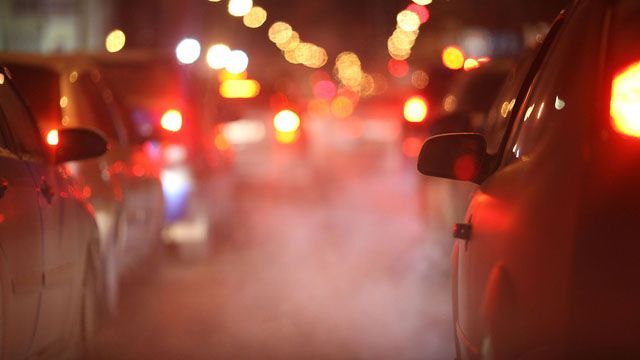A recent study by researchers at George Washington University’s Department of Environmental and Occupational Health and the International Council on Clean Transportation has revealed a significant increase in air pollution in residential areas surrounding newly built e-commerce warehouses.
As online shopping continues to grow, the construction of new warehouses to store store stock has led to an increase in truck traffic, leading to higher levels of nitrogen dioxide pollution.
The study also noted that negative impacts had disproportionately affected communities of color.
Warehouses cause more traffic pollution
The research is one of the first of its kind and focuses on the link between warehouses and truck traffic. The key emission analysed in the study, nitrogen dioxide, is a main ingredient in the creation of smog. NO2 has also been linked to respiratory diseases, such as asthma.
Much of the data used in the researchers' analysis came from a European Space Agency satellite. In particular, the researchers found that communities downwind of the warehouses experienced a nearly 20% increase in NO2 pollution compared to those upwind.
Rising air pollution effectively undoes several years of improvements achieved under the Clean Air Act.
Data from nearly 150,000 department stores across the United States revealed that the proportion of Asian and Hispanic residents in the areas with the most stores was nearly 290% and 240% higher, respectively, than the national average. The figures also illustrate a 117% increase in the number of new stores built between 2010 and 2021.
Furthermore, one-fifth of the country's warehouses were concentrated in just ten counties: Los Angeles, San Bernardino, Orange, Alameda (California), Harris, Dallas (Texas), Cook (Illinois), Miami-Dade (Florida), Maricopa (Arizona) and Cuyahoga (Ohio).
Neighborhood activists have long fought to limit the construction of warehouses and other large-scale industrial and agricultural sites near residential areas, advocating for electric transportation to limit localized emissions, but the research has finally given them the ammunition they need to take their case to regulators and government agencies.









